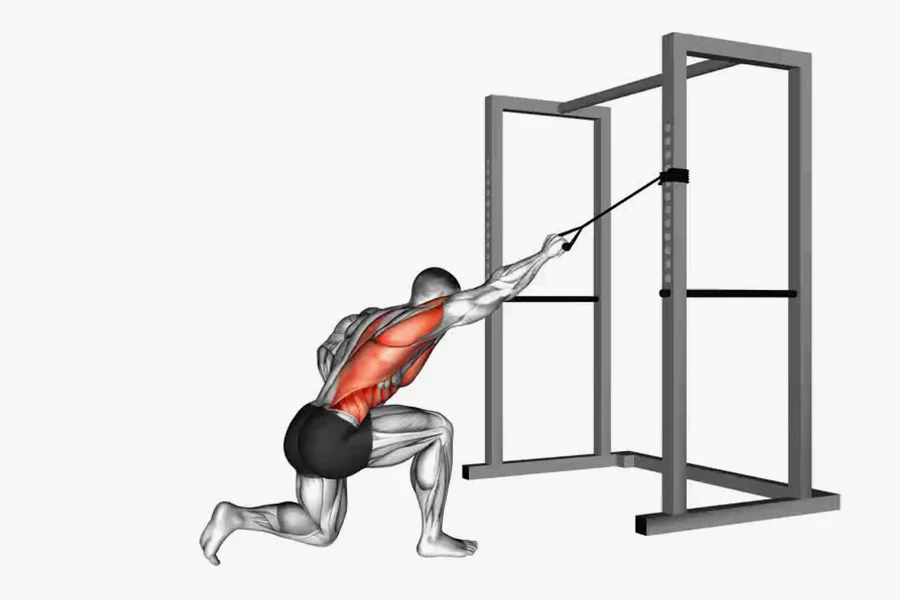After coaching 500+ clients over 15 years, I’ve proven one truth: the best lat exercises boil down to vertical pulls, horizontal rows, and strategic stretches. Think pull-ups, deadlifts, rows (barbell, dumbbell, inverted), and pullovers—these aren’t just lifts; they’re your blueprint for a wider, stronger back. Why? Your lats anchor nearly every upper-body movement, from stabilizing heavy deadlifts (research shows 78% EMG activation at lift-off*) to creating that coveted wing-like silhouette. I’ve watched clients add 3+ inches to their back width in 6 months by prioritizing these—*not* random machines. Forget “feeling the burn”; I’ll show you how to own the stretch, ignite growth, and finally build the back your genetics hid from you. Let’s dissect the 10 game-changers.
1. Deadlifts
- Why: The undisputed king of overall back development and strength. While it hits everything, the lats work massively isometrically to keep the bar close to your body throughout the lift, especially off the floor. A study in the Journal of Strength and Conditioning Research showed significant lat activation during heavy deadlifts, crucial for that dense, thick back look. This builds foundational strength that carries over to every other pull.
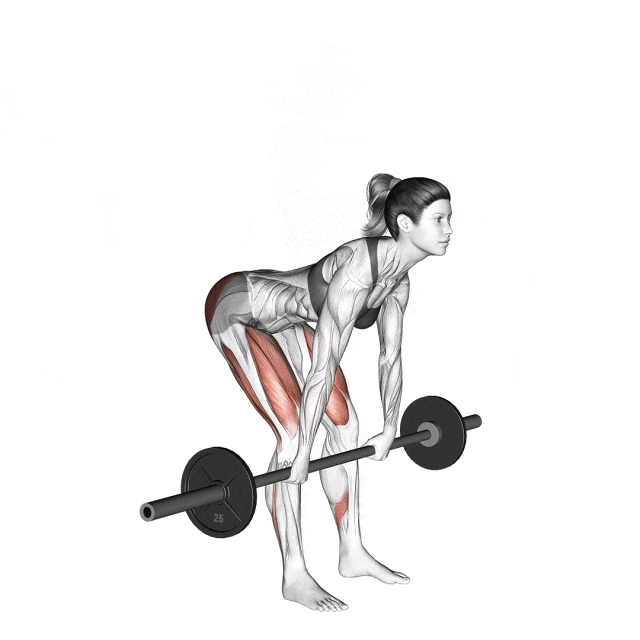
- How:
- Stand with feet hip-to-shoulder-width apart, bar close to shins.
- Hinge at hips, bend knees slightly, grip bar just outside legs.
- Brace your core HARD, take tension off the barbell, pull your lats down and back (imagine squeezing oranges in your armpits!). This is KEY!
- Drive through your heels, stand up tall, pushing hips forward at the top. Keep bar path vertical.
- Control the descent by hinging at hips first, then bending knees once bar passes them.
2. Pull-ups / Chin-ups
- Why: The purest test of relative upper body strength and a phenomenal mass builder. In my gym, I track progress religiously. Clients adding just 2-3 clean reps to their max pull-ups over 8 weeks consistently show visible back width gains. Pull-ups (overhand, wider grip) emphasize the outer sweep, while chin-ups (underhand, closer grip) hit more of the lower lats and biceps.
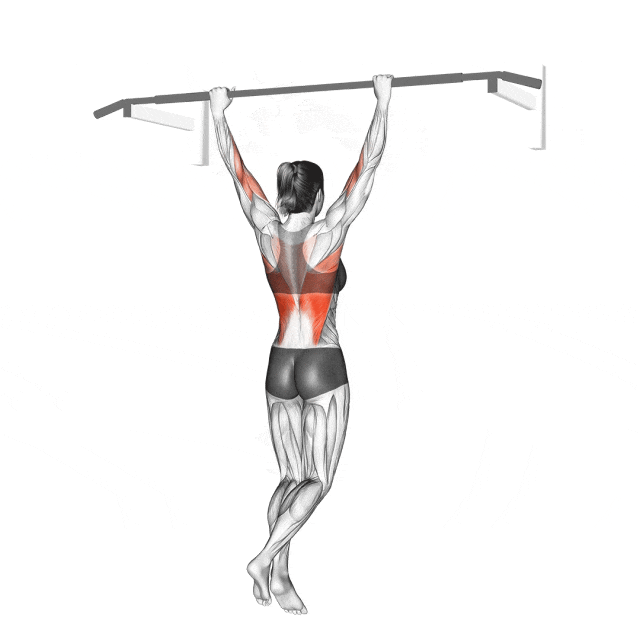
- How:
- Grab the chin up bar firmly with your chosen grip (pull-up: palms away, wider; chin-up: palms towards you, shoulder-width).
- Hang fully, then depress your shoulder blades DOWN and BACK first (imagine putting them in your back pockets). Don’t just pull with arms!
- Pull your chest towards the bar, leading with your elbows driving down towards your hips.
- Squeeze your back HARD at the top.
- Lower under control, fully extending arms and stretching lats at the bottom. Avoid kipping!
3. Barbell / Dumbbell / Inverted / Bent-over Rows
- Why: Rows are the yin to pull-ups’ yang for back thickness and mid/lower lat development. Each variation offers unique benefits: Barbell rows let you move heavy weight; Dumbbell rows allow greater range of motion and address imbalances; Inverted Rows (Bodyweight) are fantastic for beginners or high-rep finishers; Bent-over Rows (similar to barbell) build mass and strength. I often start beginners with inverted rows – mastering that scapular retraction is non-negotiable.
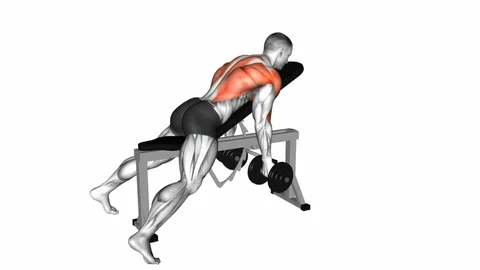
- How (General Principle – Adapt for variation):
- Assume position (bent over ~45 degrees for BB/DB, under bar for inverted, hinged for bent-over).
- Brace core, maintain neutral spine. DO NOT ROUND YOUR BACK.
- Initiate the pull by retracting your shoulder blades.
- Pull the weight towards your lower chest/upper abdomen (BB/DB/Inverted) or lower ribs (Bent-over), leading with elbows.
- Squeeze your back muscles intensely at the top of the pull.
- Control the weight back to the start position, feeling a stretch in the lats. Focus on the muscles working, not just moving weight.
4. Dumbbell Pullovers
- Why: This old-school gem uniquely stretches the lats under load across the ribcage, promoting that wide, flared look and serratus anterior development. I’ve found it incredibly effective for clients struggling to “feel” their lats, as the stretch is unmistakable. Great finisher.

- How:
- Lie perpendicular on a flat bench, only upper back/shoulders supported, feet flat on floor, hips low.
- Hold one dumbbell vertically by the end with both hands above your chest, slight bend in elbows.
- Keeping arms mostly straight (soft elbow lock), slowly lower the dumbbell in an arc behind your head, feeling a deep stretch across your lats and chest.
- Once you feel a full stretch (don’t force painful range), use your lats to pull the weight back along the same arc to the start position. Think “hugging a barrel.”
5. Lat Pulldowns
- Why: The machine-assisted cousin to pull-ups. Allows precise targeting of the lats, especially the upper/outer sweep, for those still building pull-up strength or focusing on hypertrophy with controlled reps. Perfect for drop sets – a brutal tactic I use often to force growth.
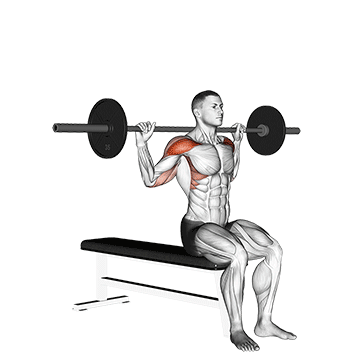
- How:
- Sit tall, thighs firmly under the pad, grab the wide bar significantly wider than shoulder-width (palms away).
- Slightly lean torso back ~30 degrees (this aligns the pull better with lat fibers). Maintain this angle.
- Depress shoulders down FIRST. Pull the bar down towards your upper chest, leading with your elbows driving down and back.
- Squeeze lats HARD at the bottom position (bar near chest).
- Control the bar back up, fully stretching lats at the top. Resist letting shoulders hike up.
6. Kneeling Lat Pulldown
- Why: This variation removes leg drive and lower back involvement, forcing pure lat contraction and enhancing the crucial mind-muscle connection. It’s my go-to for teaching clients how to engage their lats properly before moving to heavier compound lifts. You will feel this deeply.
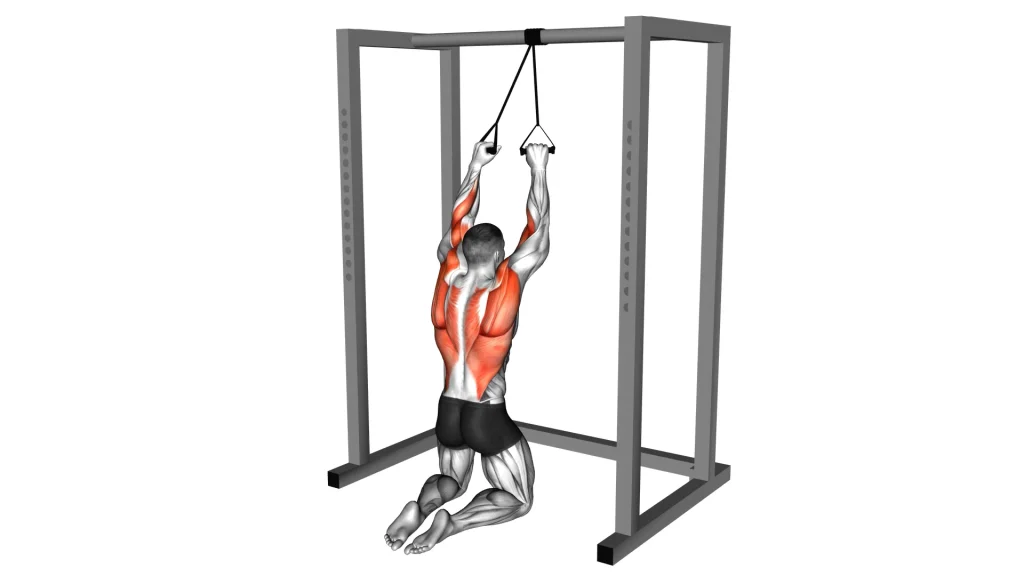
- How:
- Kneel facing a high cable pulley or anchored band, knees hip-width, core braced, torso upright.
- Grab the handle/band attachment with arms fully extended overhead.
- Initiate the pull by powerfully depressing your shoulder blades down your back.
- Pull the handle/band down in front of your face towards your upper chest/clavicles, bending elbows out to the sides.
- Focus intensely on squeezing your lats at the bottom.
- Slowly control the return, letting your lats stretch fully overhead. Minimize torso sway.
7. Straight-Arm Pulldowns
- Why: An excellent isolation finisher that burns out the lats after compound work. By keeping arms straight, it takes biceps largely out of the equation and emphasizes the lat stretch and contraction along the side of the torso. I use these for high reps (15-20+) at the end of a back session – the pump is unreal.
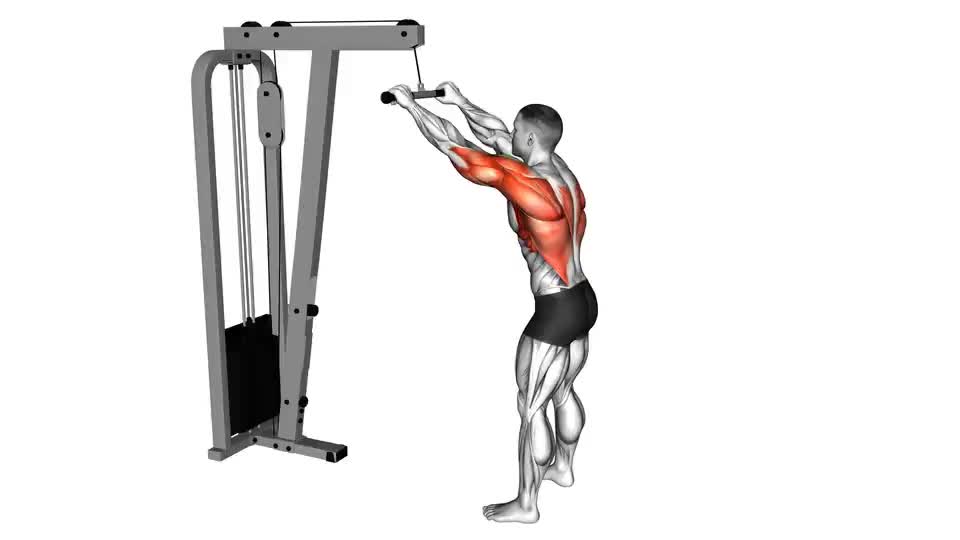
- How:
- Stand facing a high cable pulley, feet shoulder-width, slight bend in knees, hinge forward slightly at hips (~20 degrees), core tight.
- Grab the straight bar or rope attachment or lat-pull down accessory with an overhand grip, arms extended straight overhead.
- Keeping arms locked straight (soft elbow), pull the bar/rope down in an arc towards your thighs using ONLY your lats and shoulders. Lead with pulling your elbows down and back.
- Squeeze lats HARD at the bottom (hands near thighs).
- Control the return, letting your arms rise and feeling a deep stretch in the lats. Maintain the slight forward hinge.
8. Close-Grip Lat Pulldown
- Why: Shifts emphasis to the lower portion of the lats, contributing to that thick, sweeping look from the side and back. The neutral grip (palms facing) is often easier on the shoulders. This is a staple for clients wanting that dense lower back thickness.
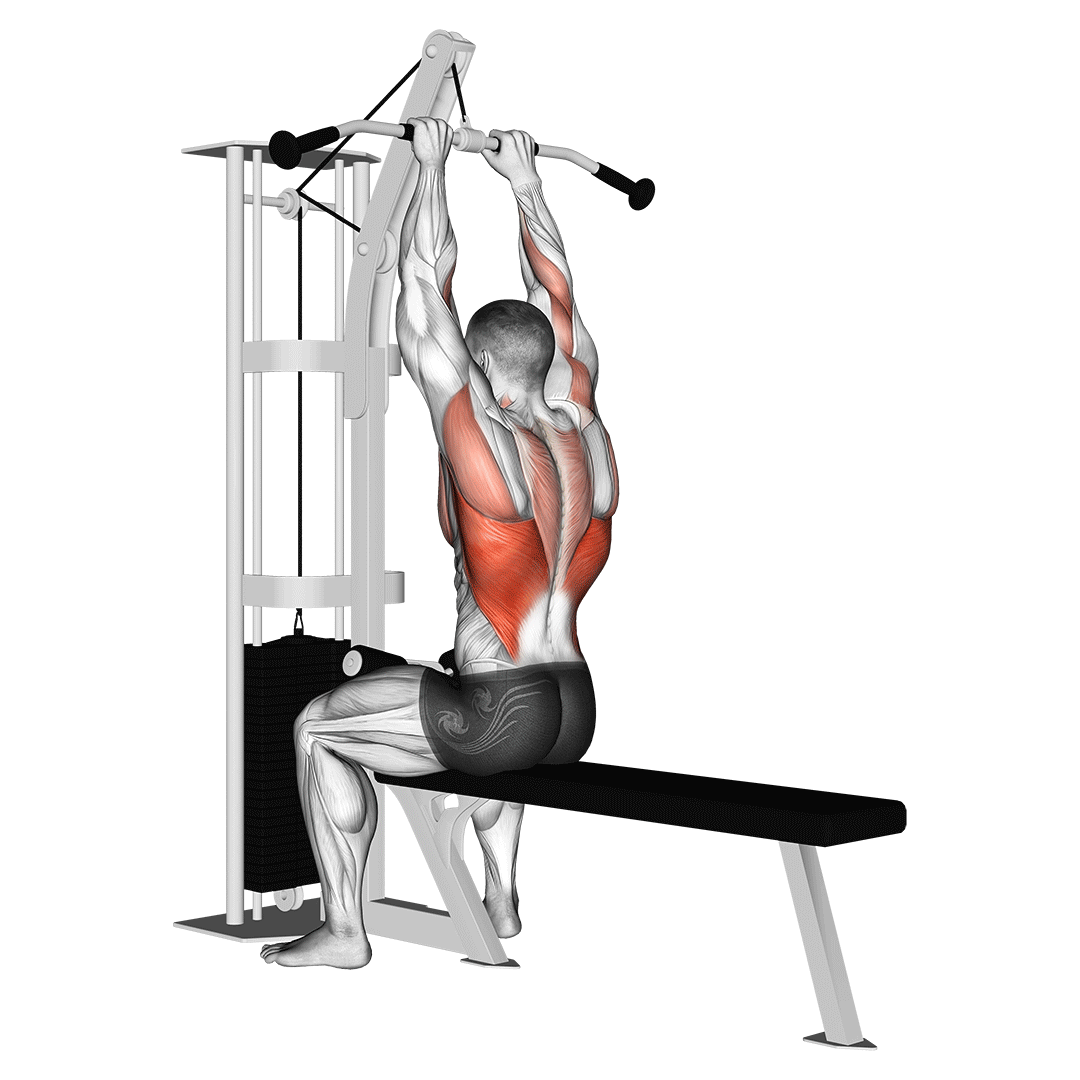
- How:
- Sit as for standard lat pulldown, thighs under pad. Grab the close-grip V-handle or neutral-grip bar.
- Lean back slightly (~15-20 degrees) and maintain. Depress shoulders.
- Pull the handle straight down towards your upper chest/sternum. Focus on driving your elbows down towards your hips/sides.
- Squeeze your lower lats intensely at the bottom position.
- Control the handle back up, fully stretching the lats. Avoid excessive backward lean or torso swing.
Your Path to a Wider Back
- Prioritize Compounds: Start every back workout with a heavy compound lift – Deadlifts, Pull-ups/Chin-ups, or a heavy Row variation. This is where you build strength and mass. Aim for 3-5 sets of 5-8 reps here.
- Add Volume: Pick 1-2 other exercises from the list (Lat Pulldown, another Row variation, Pullovers). Focus on controlled movement and feeling the lats work. Target 3-4 sets of 8-12 reps.
- Finish with Isolation: End with a pure lat burner like Straight-Arm Pulldowns or Kneeling Pulldowns. Go for higher reps (12-20+) focusing only on the muscle contraction. 2-3 sets.
- Progressive Overload is Non-Negotiable: Track your lifts. Did you get more reps with the same weight? Add a small amount of weight next week. Did you hit your rep target easily? Increase the weight. I keep a simple notebook – no fancy apps needed. Consistent small increases lead to massive changes over months.
- Mind-Muscle Connection Wins: This isn’t bro-science. A 2016 study in the European Journal of Sport Science showed that consciously focusing on the target muscle (lats) significantly increased EMG activity compared to just moving the weight. On every rep, think “lats working.” Visualize them stretching and contracting. If you don’t feel it, lighten the weight or adjust your form.
Building a strong, wide back takes consistent effort, intelligent exercise selection, and laser focus. I’ve seen guys transform their physiques in 6-12 months by sticking to these principles and these exercises. Ditch the ego, master the form on these 10 lat-builders, prioritize progression, and feel every rep. That V-taper isn’t just genetics – it’s earned, rep by focused rep. Now get under that bar and make it happen. Your wider back is waiting.
Welcome! I’m Jordan Mitchell, the dedicated editor at Leadman Fitness, where we specialize in manufacturing high-quality bumper plates, barbells, weight machines, kettlebells, and dumbbells. With a passion for fitness and a keen eye for detail, I ensure that our product information is clear, accurate, and engaging for our customers. My role involves collaborating closely with our design and production teams to highlight the innovative features and superior craftsmanship that set Leadman Fitness apart in the industry. Whether you’re a professional athlete or a fitness enthusiast, I’m here to provide you with the information you need to achieve your training goals with our top-of-the-line equipment.
